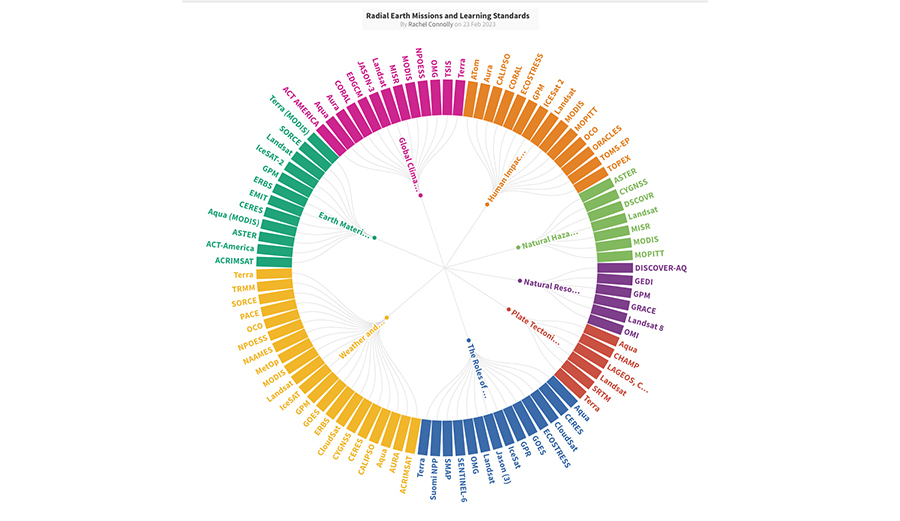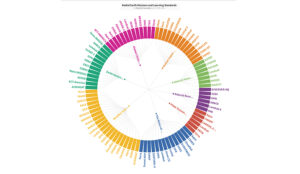In an article published this month in The International Journal of Avian Science,Spanish researchers used Landsat data to map waterbird habitat in rice paddies adjacent to the Doñana National Park in southwestern Spain. As the area of natural wetlands contracts due to climate change and human population pressures, artificial wetlands—such as rice paddies—become increasingly important refuges for migratory birds.

The researchers used Landsat imagery to monitor the available habitat for various bird species within the Doñana rice paddies. Landsat data were used to map rice paddy cultivation stages while bird population information was collected in the field. The study results showed that waterfowl (e.g., geese, ducks) regularly used the flooded rice paddies in the autumn while shorebirds preferred the subsequent mudflat stage of the rice paddy cycle. Based on their findings, the authors contend that rice paddy farming practices could be slightly adjusted to create beneficial waterbird habitats, thereby aiding in bird conservation. This would be especially valuable in regions where no natural wetlands remain. However, in Europe, where this study was conducted, potential changes to the EU Common Agricultural Policy could limit subsidies to rice farmers likely leading to a decrease in rice paddies. In this scenario for conservation purposes the authors advocate for returning rice paddy regions back to natural wetland conditions.
The Landsat-based habitat mapping method put forth in this paper could help conservation biologists better understand waterbird distributions in man-made environments. The authors commented on the utility of no-cost Landsat data to this endeavor: “Landsat images from a wide span of dates are now freely available and are an excellent tool when applying this method to the study of habitat availability for waterbirds.”
Further Information:
+ Toral, G.M., D. Aragonés, J. Bustamante, and J. Figuerola (2011). “Using Landsat images to map habitat availability for waterbirds in rice fields.” IBIS, The International Journal of Avian Science. Published online 5 July 2011. doi: 10.1111/j.1474-919X.2011.01147.x
+ GIS and Science: Using Landsat Images to Map Habitat Availability for Waterbirds in Rice Fields [external link]

Undamming the Klamath
Between October 2023 and October 2024, the four dams of the Klamath Hydroelectric Project were taken down, opening more than 400 miles of salmon habitat.





